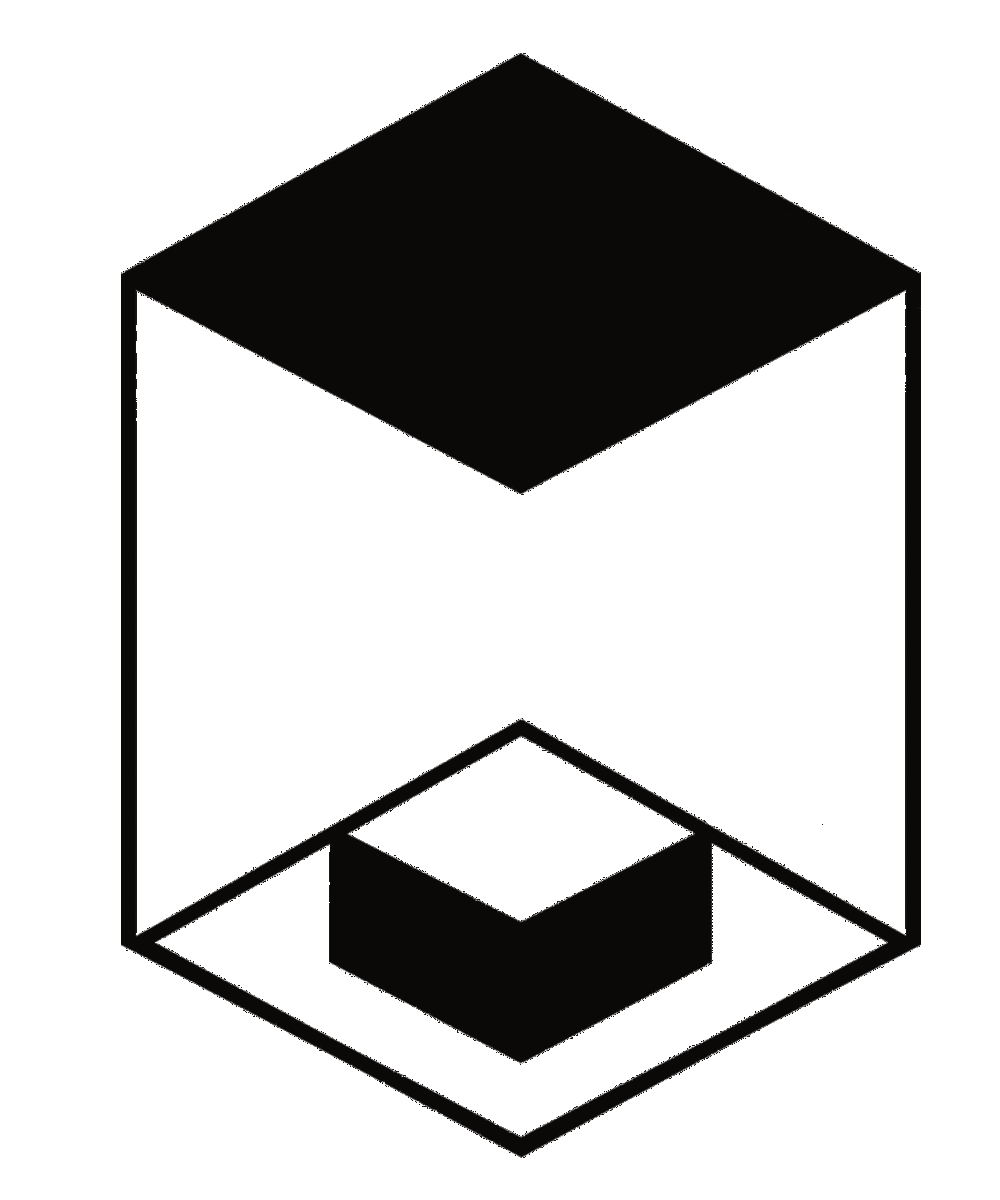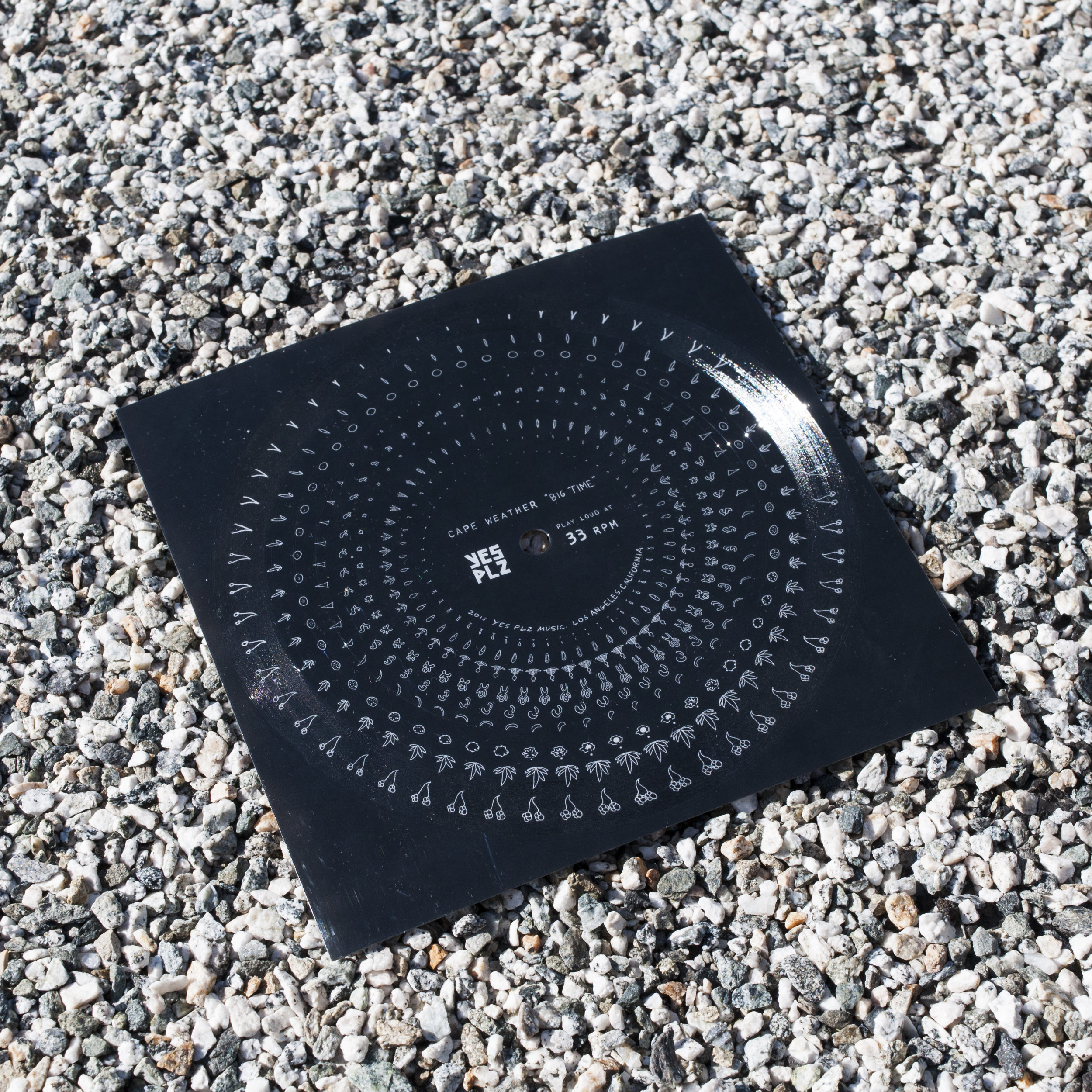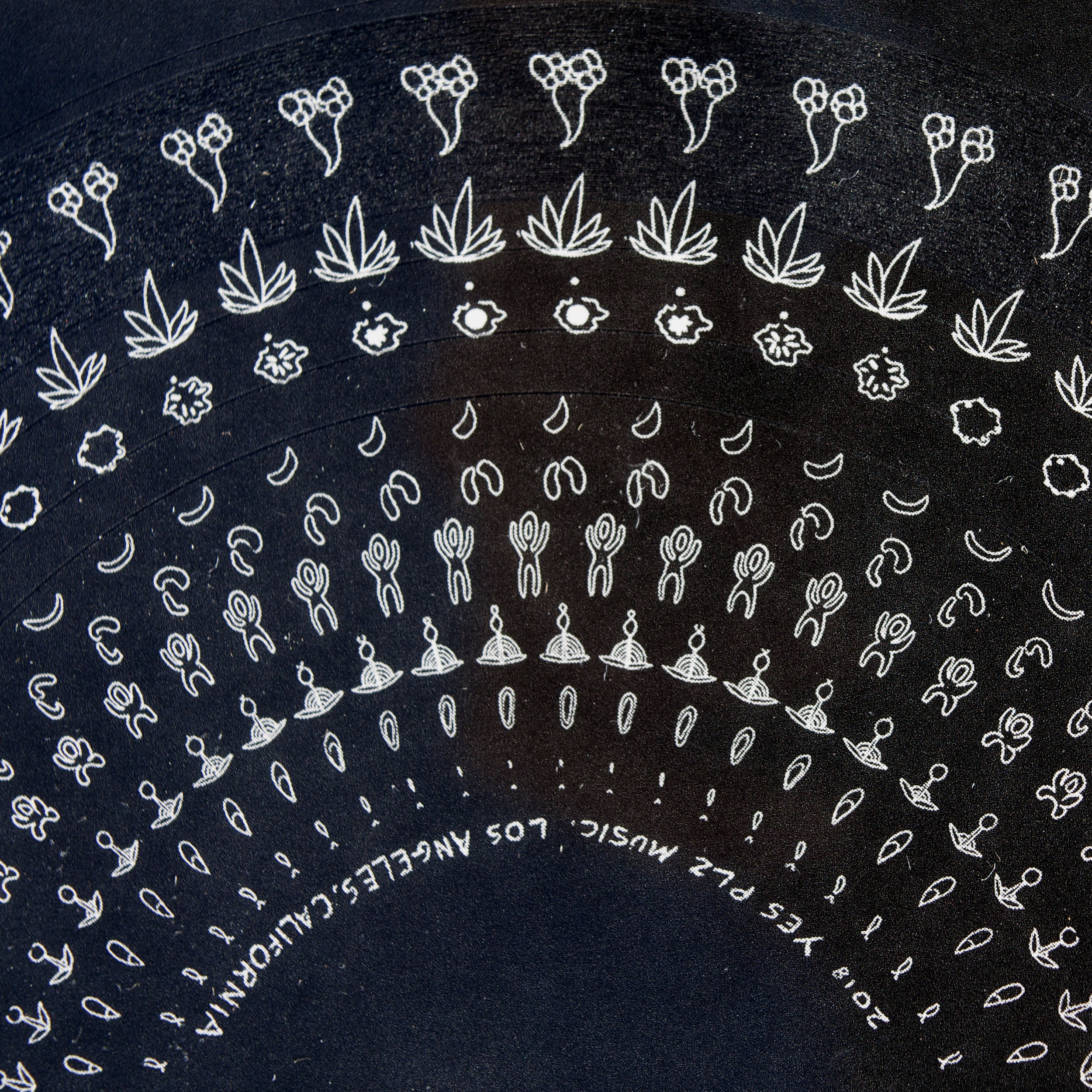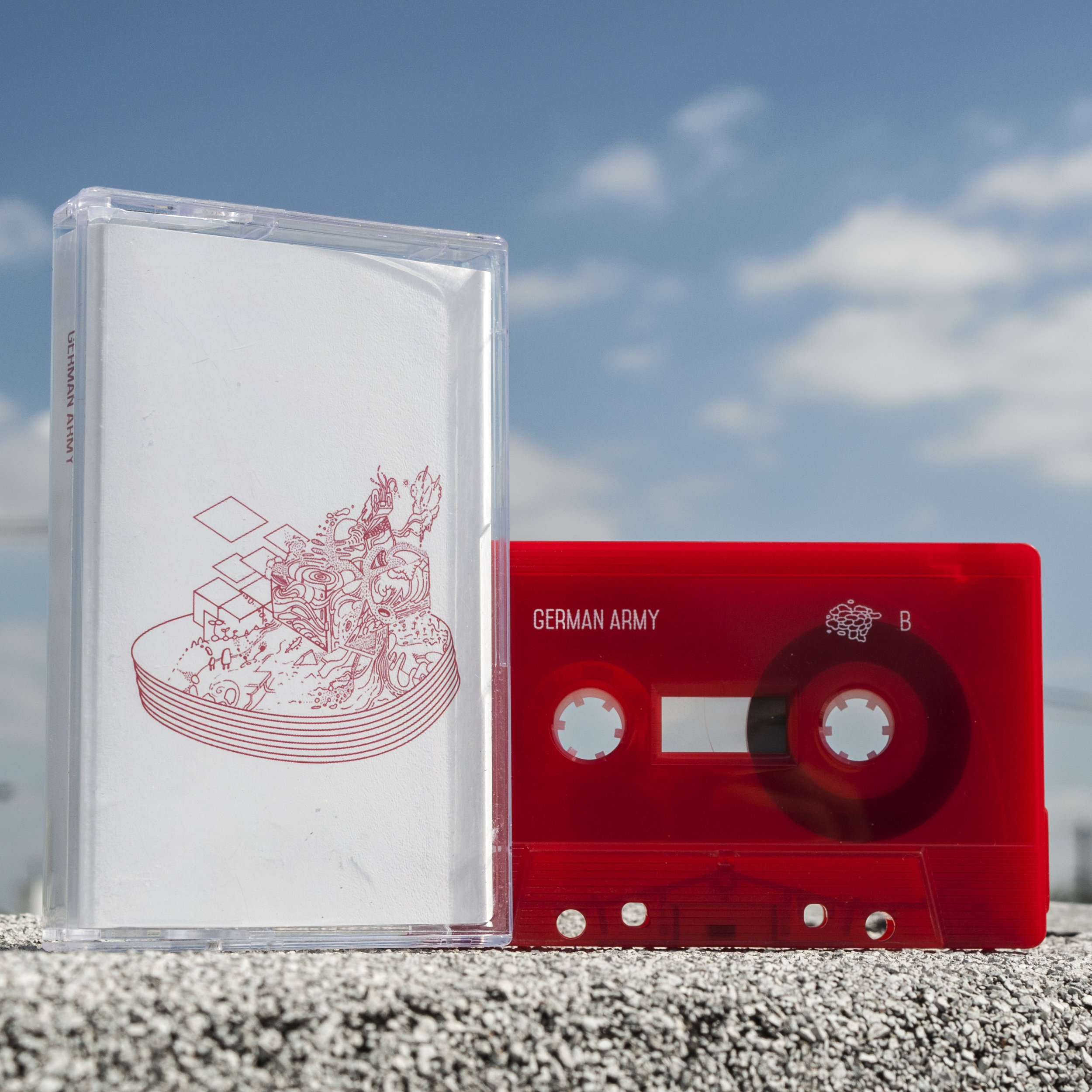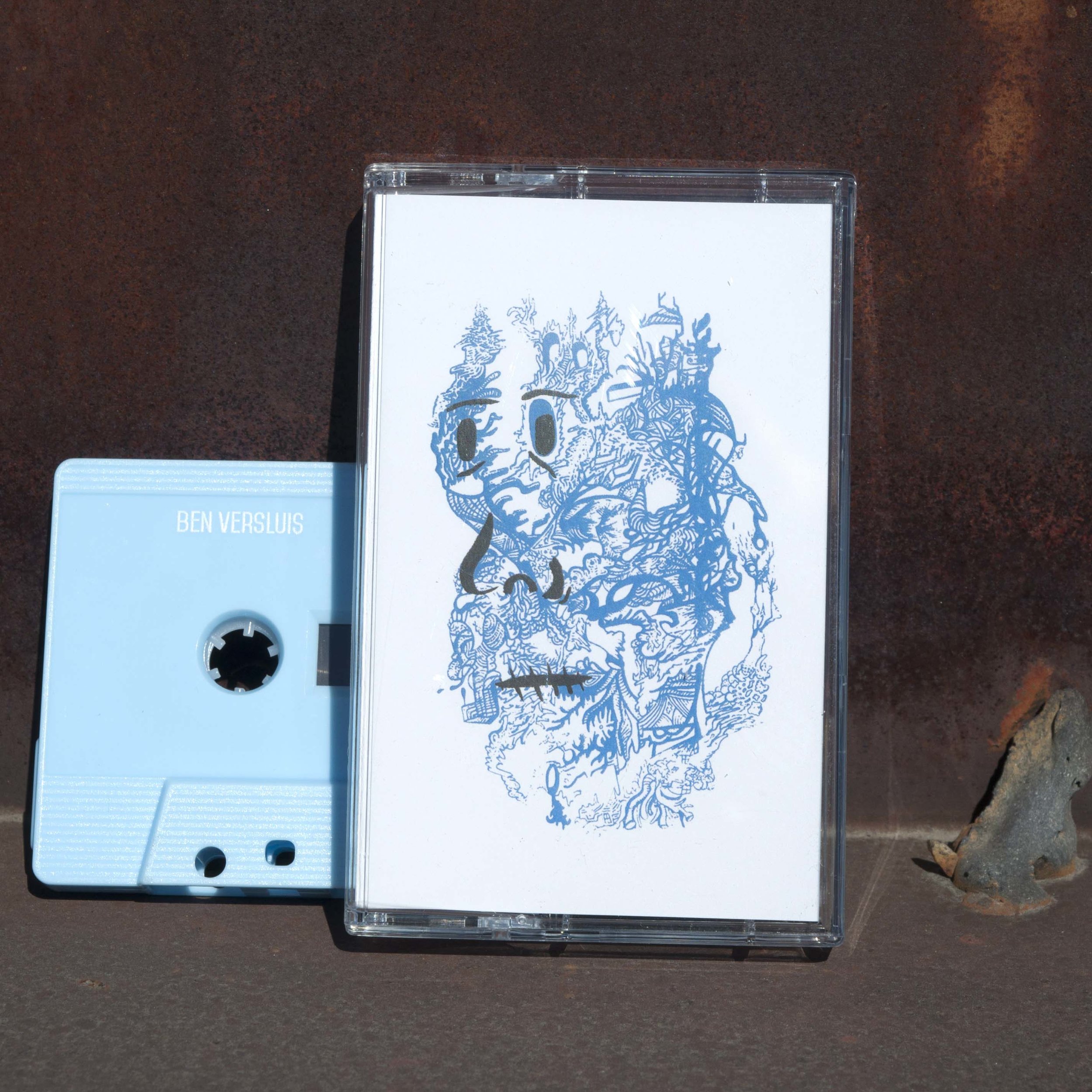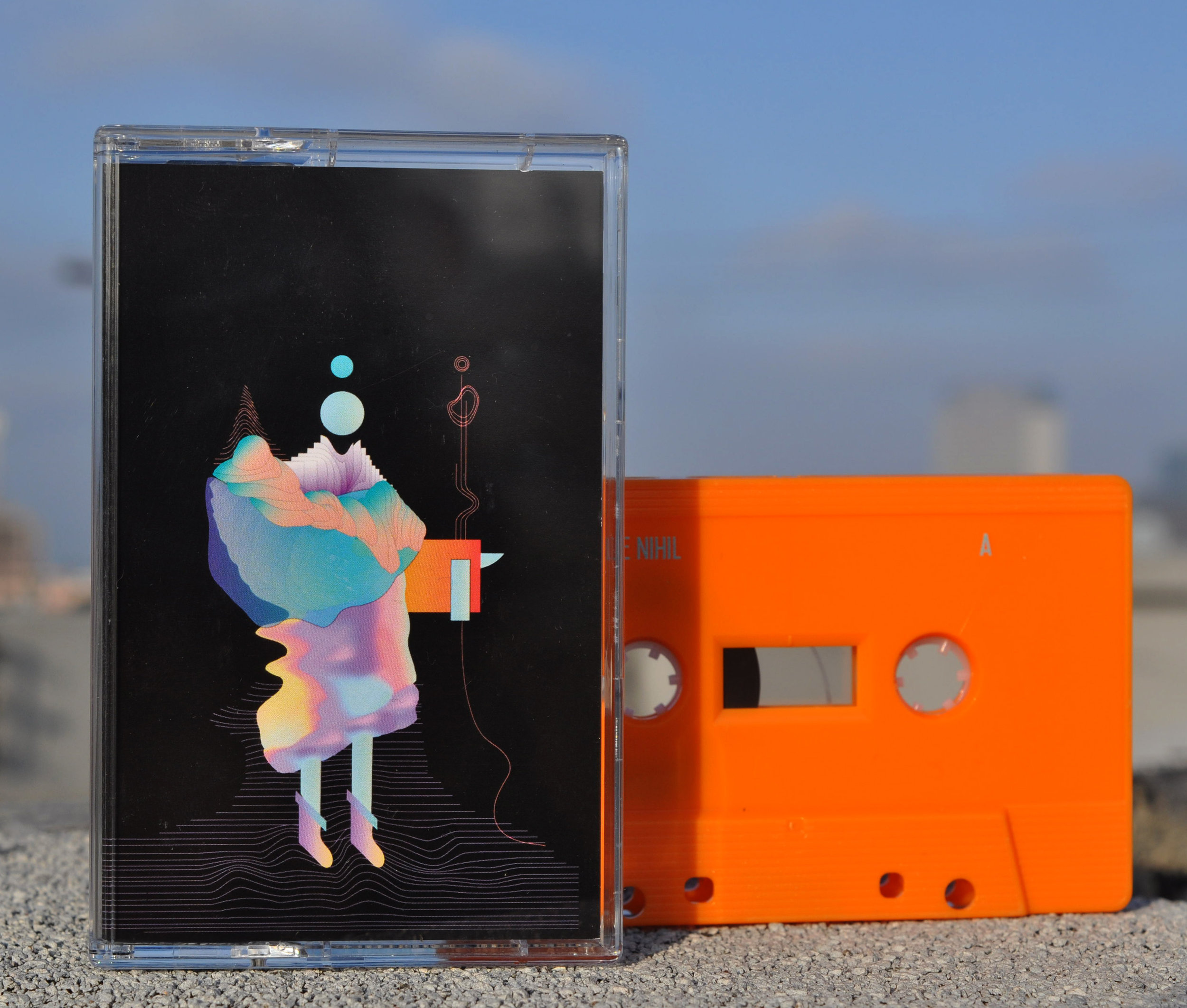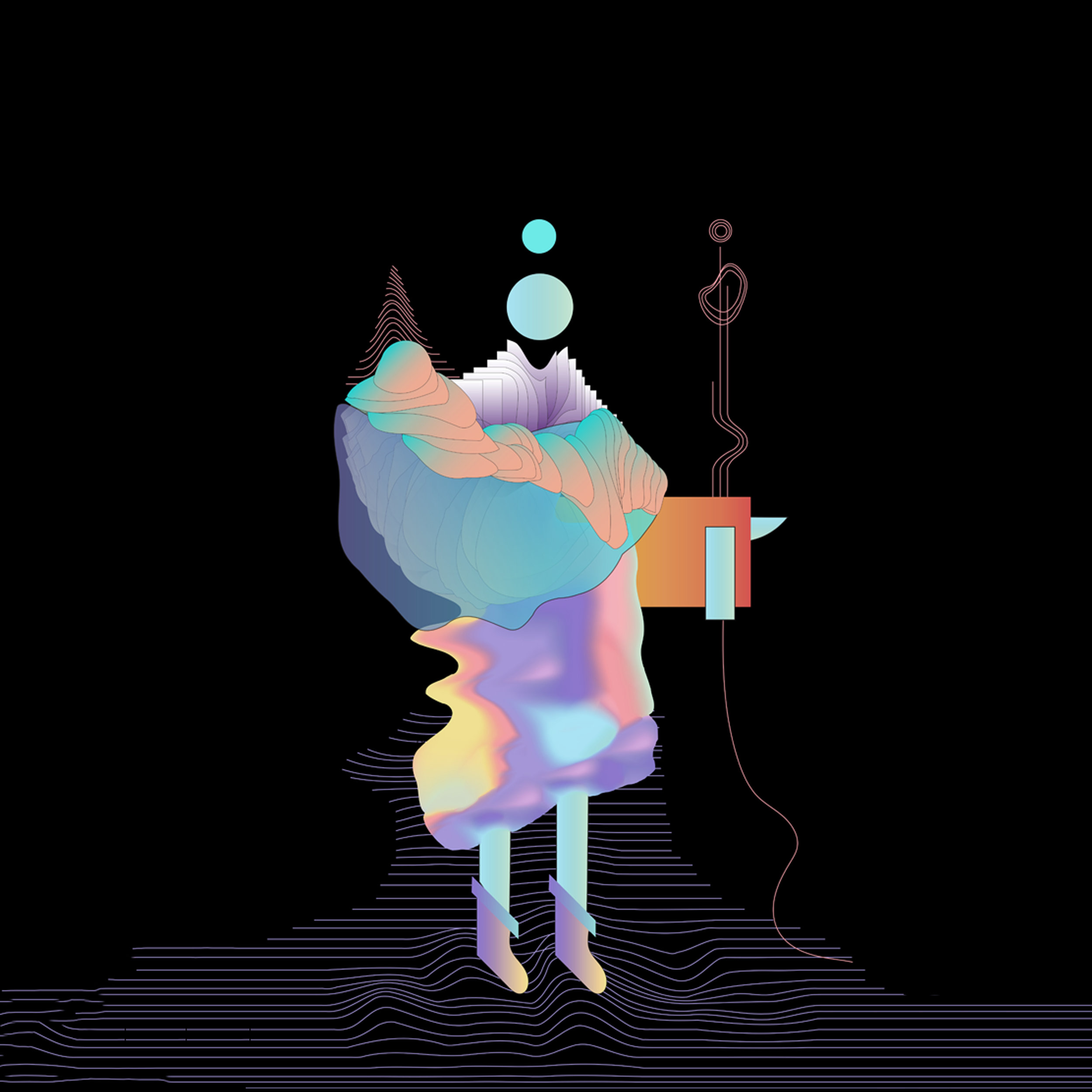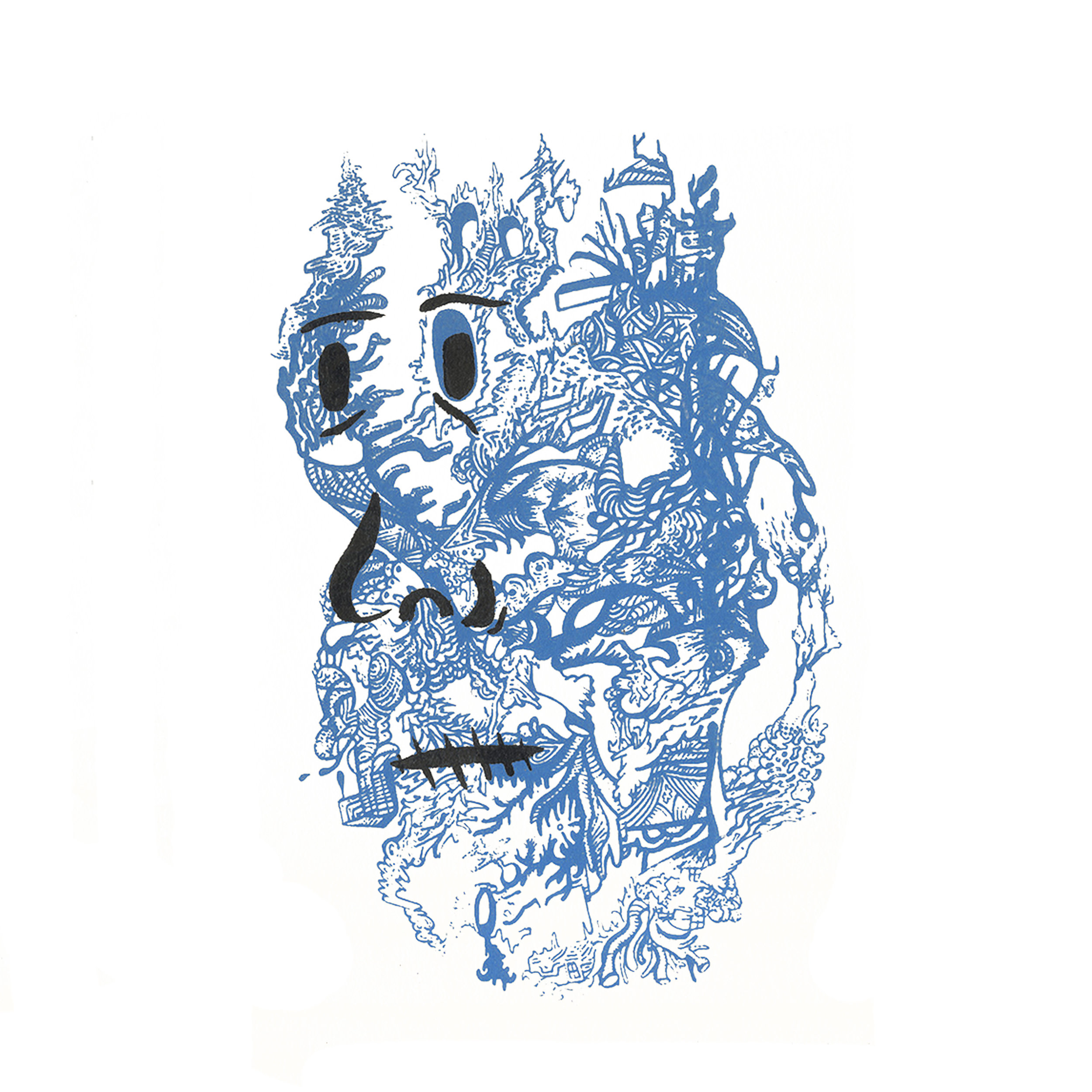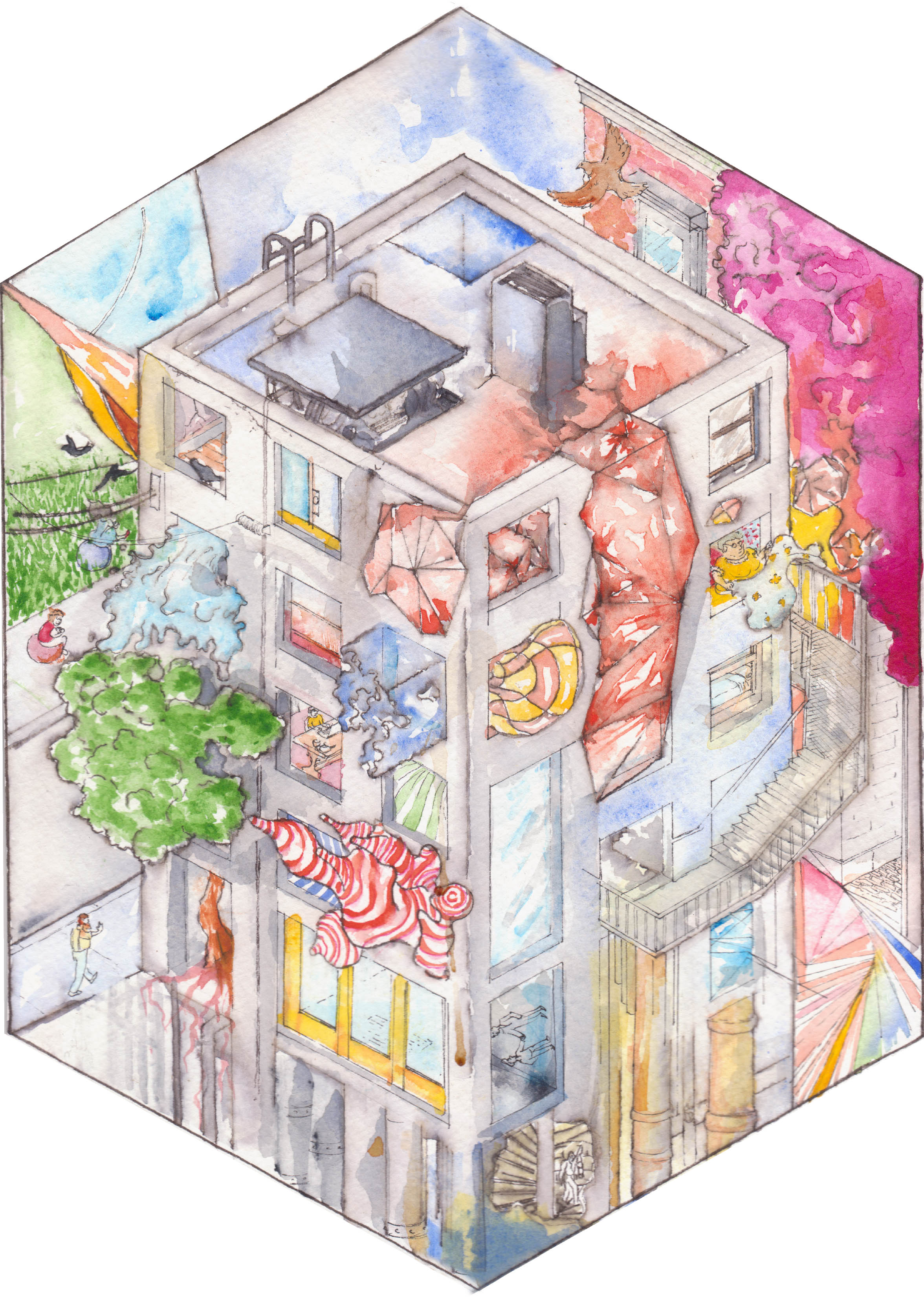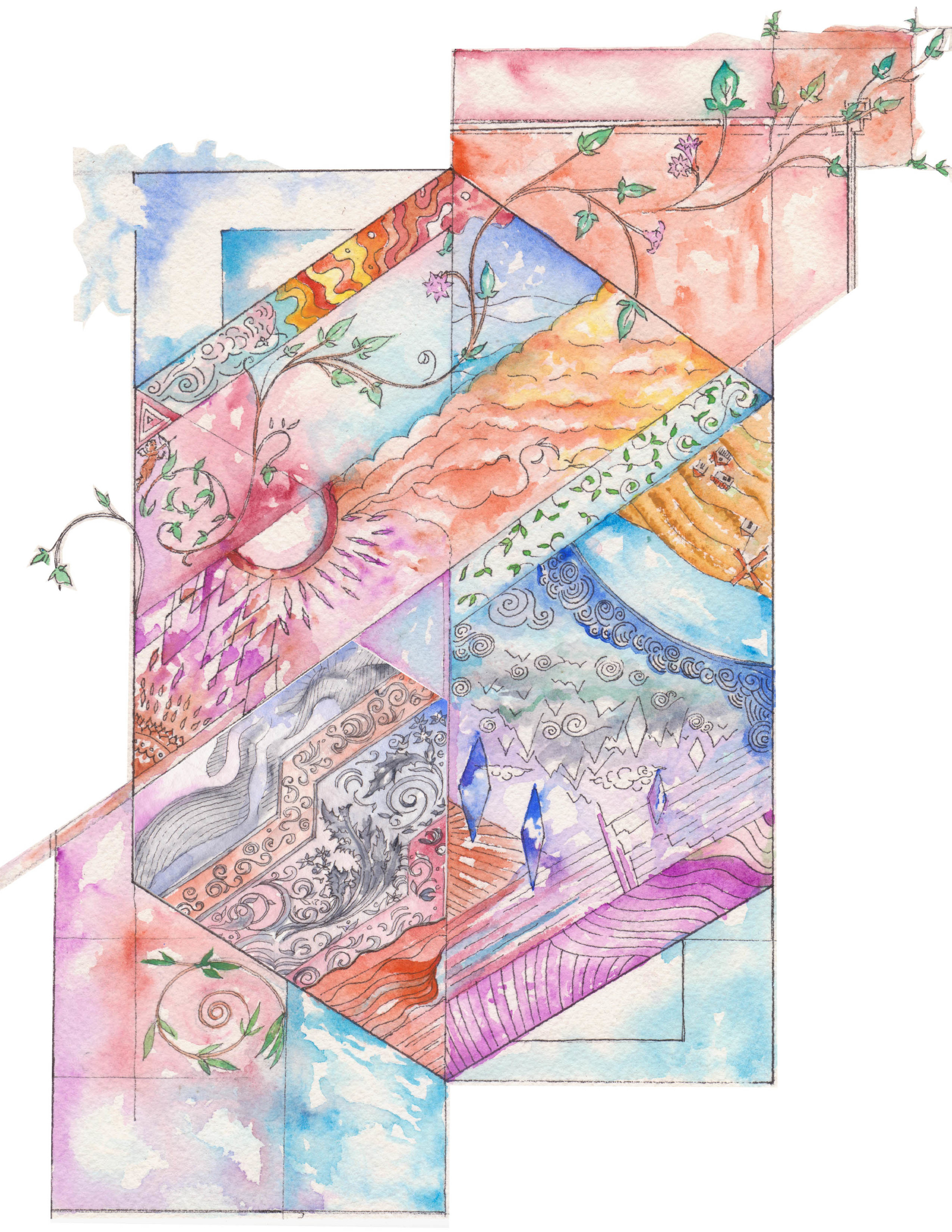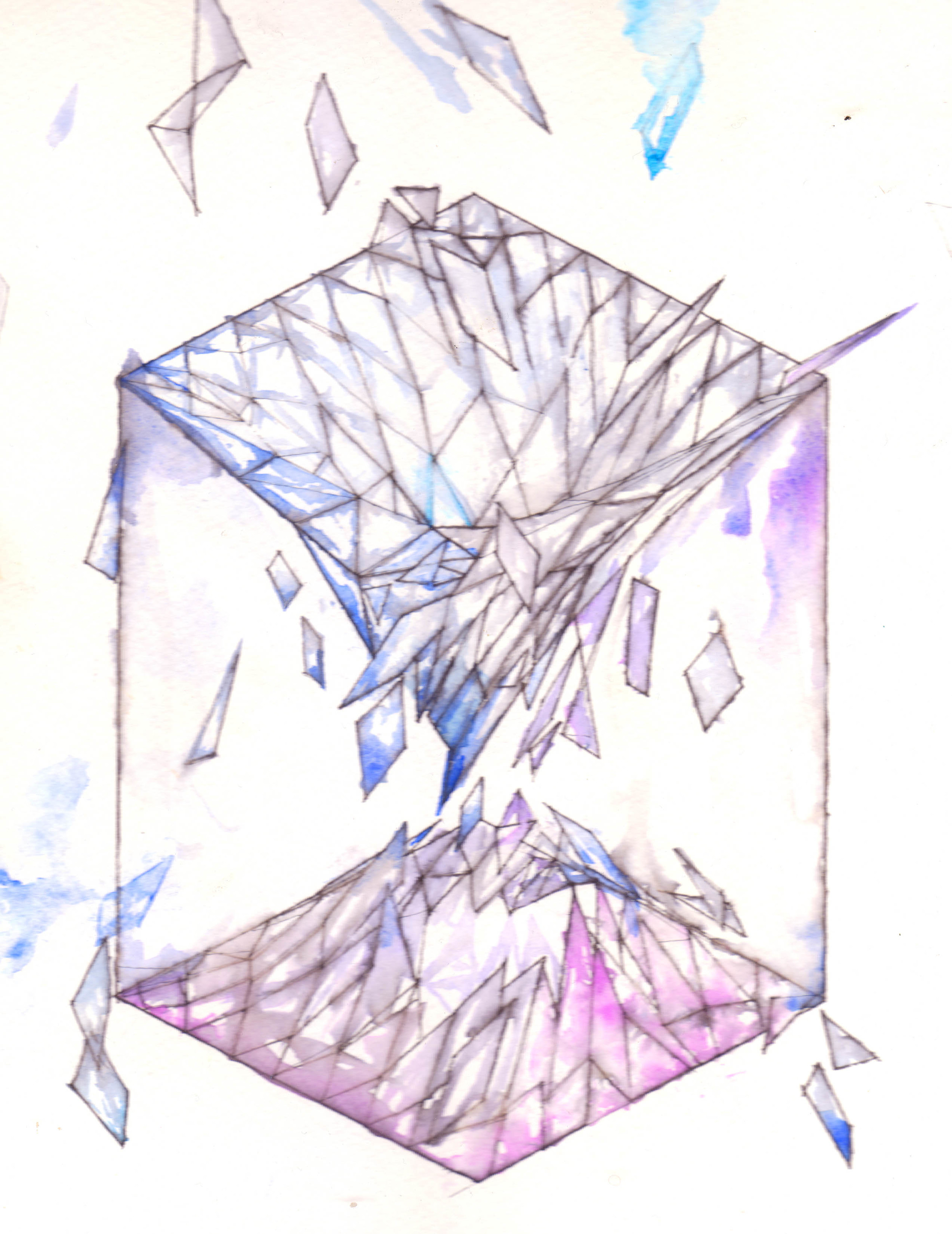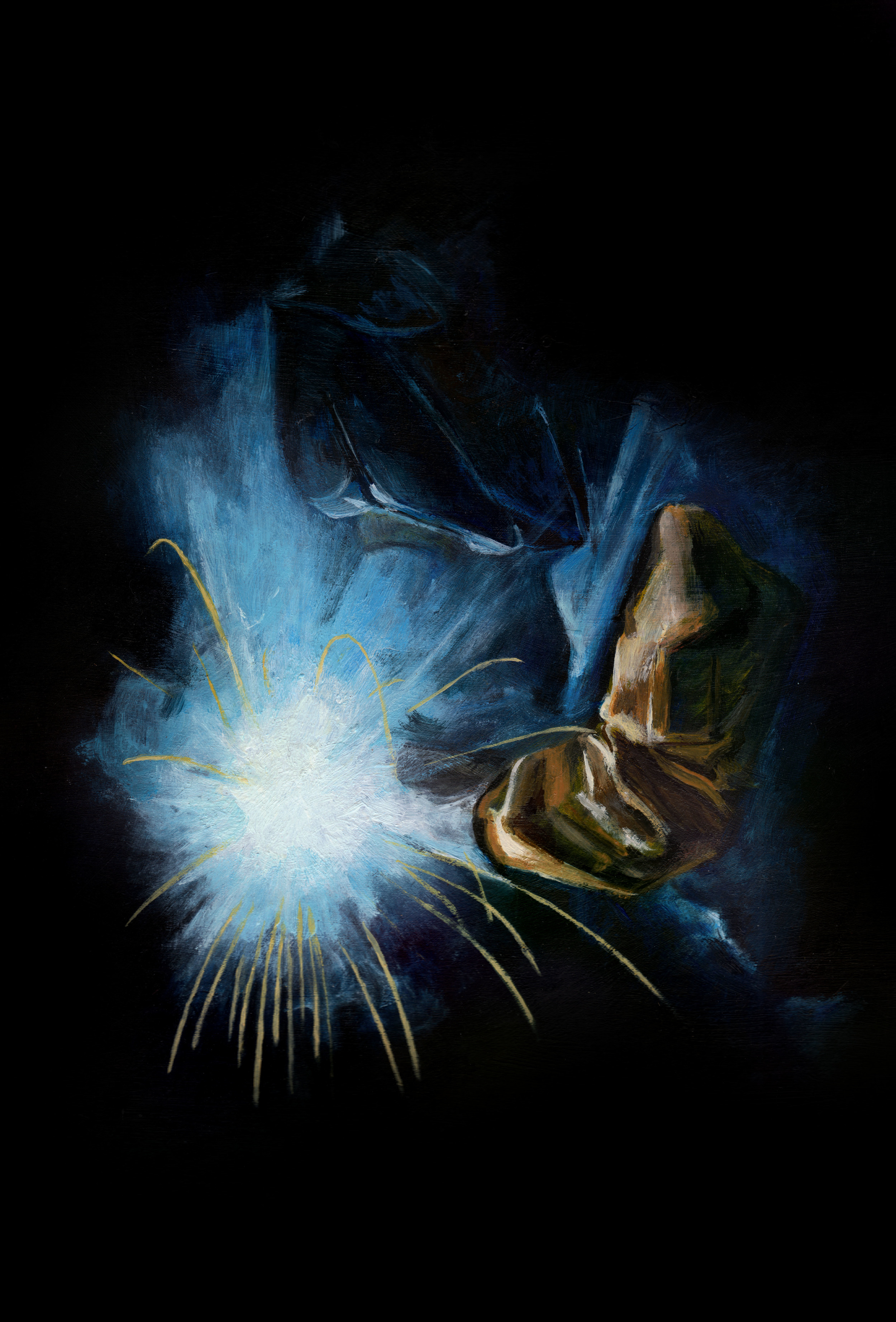Music has always been present in my life. As a youth my dad would play music constantly, any car ride was accompanied by a tape from a vast collection. Home brewed mixes crafted by him and his friends with intricately drawn psychedelic spine drawings. He would be Consistently playing everything from blues and jazz classics to early punk, hip-hop, and everything in between on the car rides to school. At 17 I started working at the local record store and proceeded to burn though a significant chunk of my earnings purchasing vinyl. In the shop we would poster all the walls, some having 10-20 layers of promo posters, naturally creatively inclined employees utilized these as drawing surfaces. Working in that shop was where I realized that combining art and music was something I definitely wanted to be doing.
This previous post discusses the process for an experimental music video constructed shortly after my move to LA. Since that release I’ve been able to create some animated videos. The band On Drugs approached me to make a music video for their single Scaredy Cat. There was no prompt and a quick turnaround. The result a trippy fever dream done frame by frame in Animate.
Shortly after that was complete my friends Burton and Ben were gearing up to put out their first record on new label the periphery. They asked me to create full length visuals for each track of their flagship release “Sounds From the Periphery”. This was a wonderful experience which allowed me to play around further with this idea of combining loops and morphing things over time to accent the music. Below is an example showing some snippets of each visual collaged together. The full playlist can be viewed here.
At this point I had done a number of smaller animations and projects with the Future Gods label. The first physical project released is a phenakistoscope, a pre-cinema animation technique which used a disc which created the illusion of motion when viewed through a spinning frame. Animation wizard Drew Tetz has been learning how to apply this technique to vinly records with some really stunning results. He broke down the process and I created a set of animated loops to accompany single “Big Time” by Cape Weather.
Another physical release that was created in collaboration with Seagrave records is this series of cassette tape designs. It’s wild to think that my dad was making mixes on this format as a young adult and passing them down and now I’ve had some part in keeping this thing alive in the universe. These have all been incredible projects to take part in and I look forward to where things will go next.
